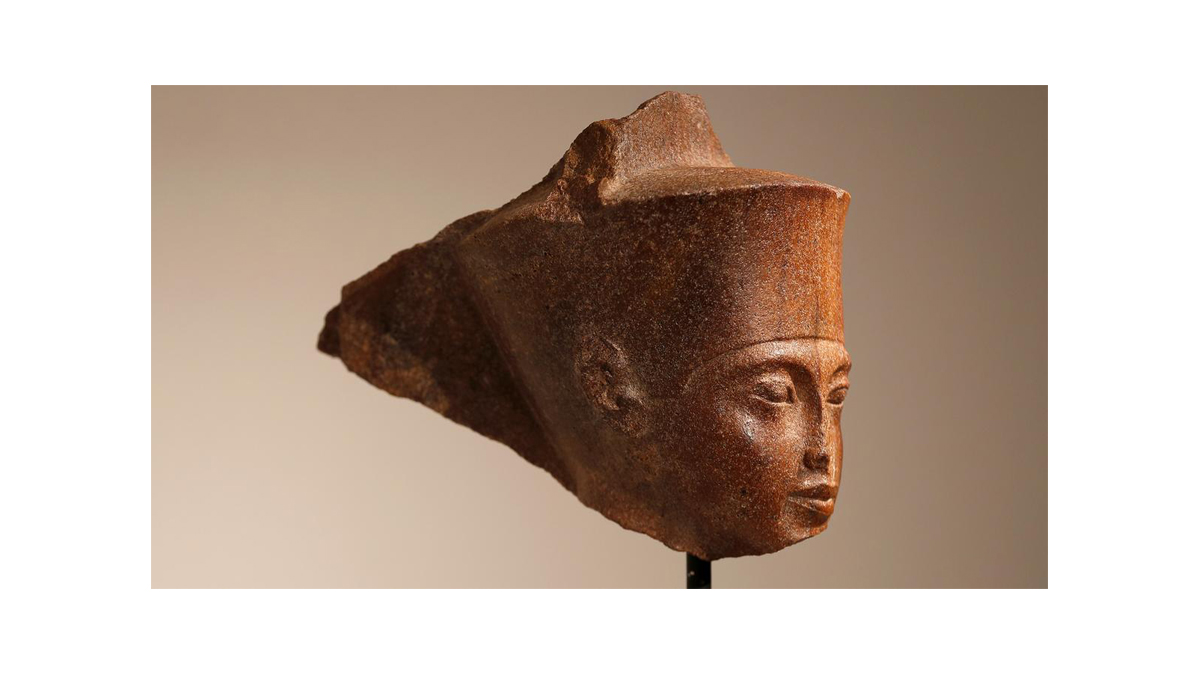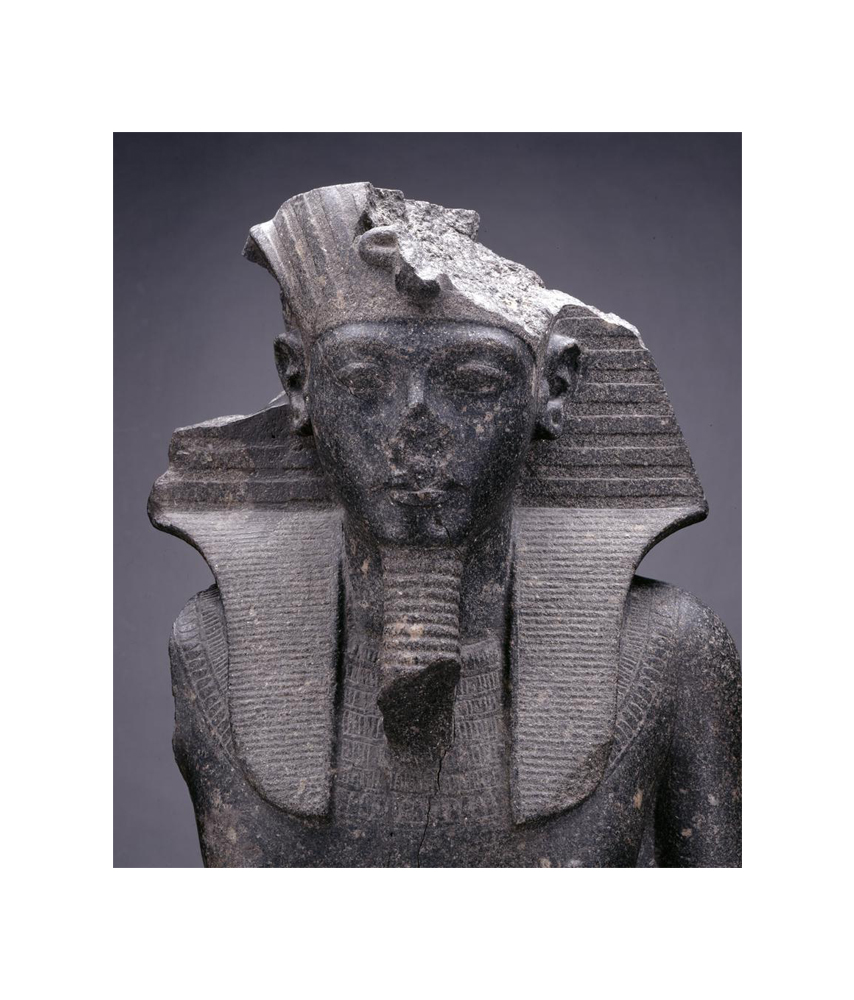Tutankhamun, also known as King Tut, was an ancient Egyptian pharaoh who ruled during the 18th dynasty, from approximately 1332 BC to 1323 BC. Despite his relatively short reign, Tutankhamun remains one of the most well-known and celebrated pharaohs of ancient Egypt, due in large part to the discovery of his tomb in the Valley of the Kings in 1922 by archaeologist Howard Carter. Along with a wealth of other treasures, the tomb contained several sculptures of Tutankhamun, which offer valuable insights into the art and culture of ancient Egypt.

One of the most famous sculptures of Tutankhamun is the gold
mask that covered his face in his sarcophagus. The mask is made of solid gold
and is considered one of the greatest masterpieces of ancient Egyptian art. The
mask is highly detailed and features intricate designs and hieroglyphics. It is
a testament to the skill and craftsmanship of ancient Egyptian artists and
their ability to work with gold, which was considered a divine metal.
Another notable sculpture of Tutankhamun is a small statue
of the king that was found in his tomb. The statue is made of wood and covered
in gold leaf and depicts Tutankhamun seated on a throne with his wife,
Ankhesenamun, at his side. The statue is highly detailed, with the king's
features and clothing carefully carved and painted. It is a remarkable example
of the realism and attention to detail that ancient Egyptian artists were
capable of.
In addition to these famous sculptures, Tutankhamun was also
depicted in other forms of art, such as wall paintings and relief carvings.
These artworks often portrayed the king in various poses and activities, such
as hunting, fighting, or performing religious rituals. These depictions offer
valuable insights into the life and beliefs of ancient Egyptians and provide
important historical context for Tutankhamun's reign.
Overall, the sculptures of Tutankhamun are a testament to
the skill and creativity of ancient Egyptian artists, as well as the wealth and
power of the pharaohs they depicted. They offer valuable insights into the art,
culture, and history of ancient Egypt, and continue to captivate and inspire
people around the world today.